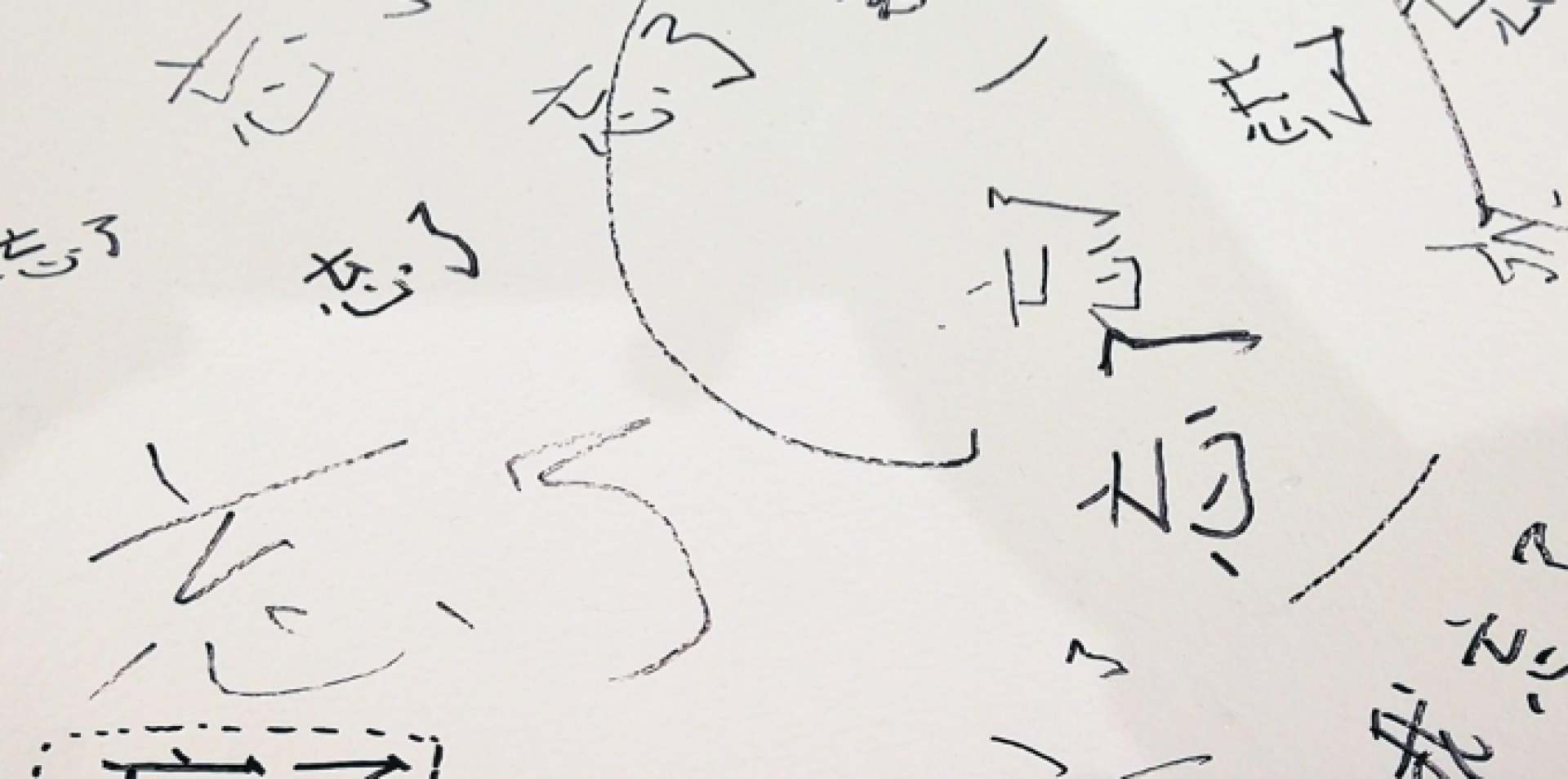by Susan Blumberg-Kason
My grandparents first visited Macau in 1965 and took these slides. I scanned them a number of years ago, and the quality of the photos has suffered from wear and tear. Nonetheless, it’s still easy to make out some interesting details from old Macau.
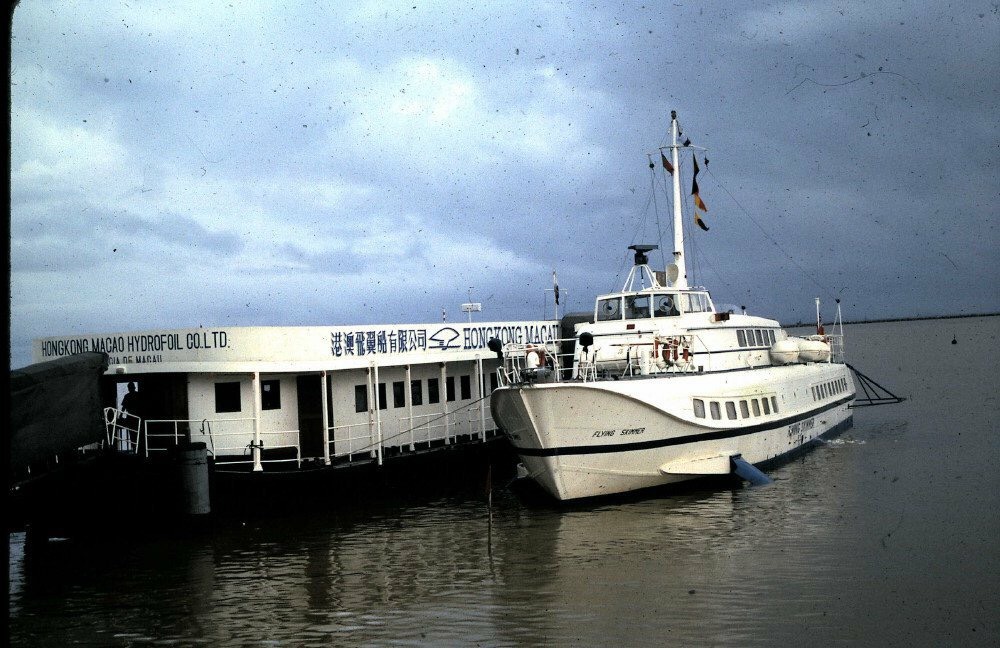
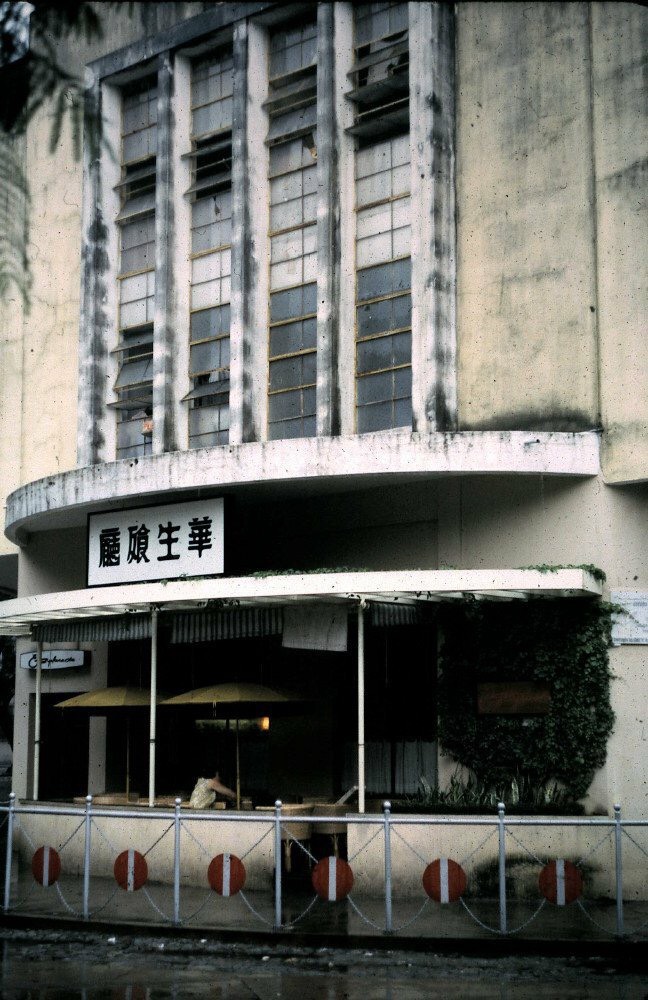
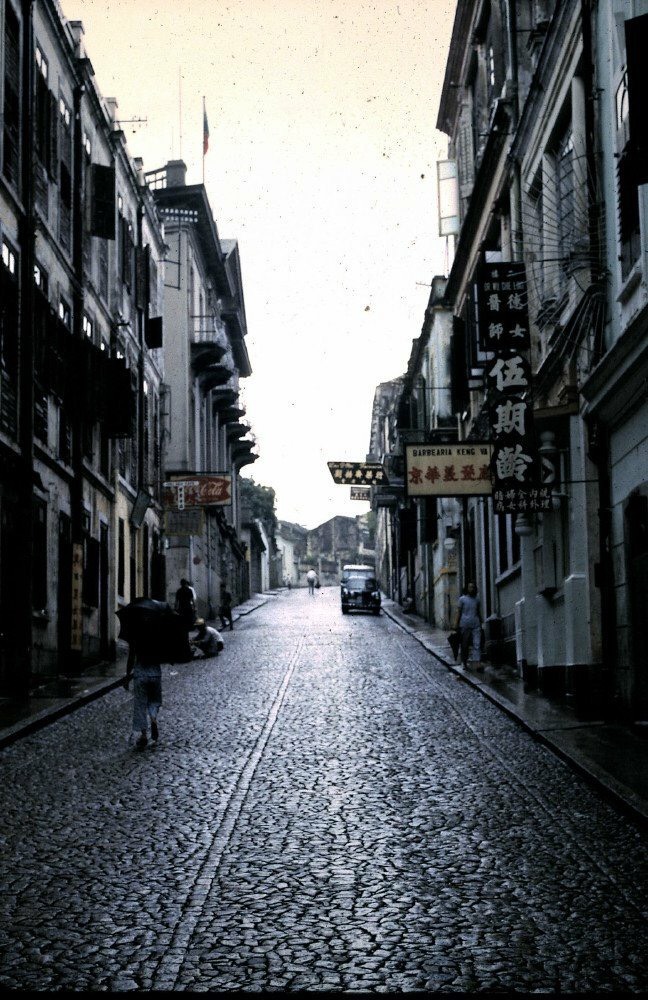
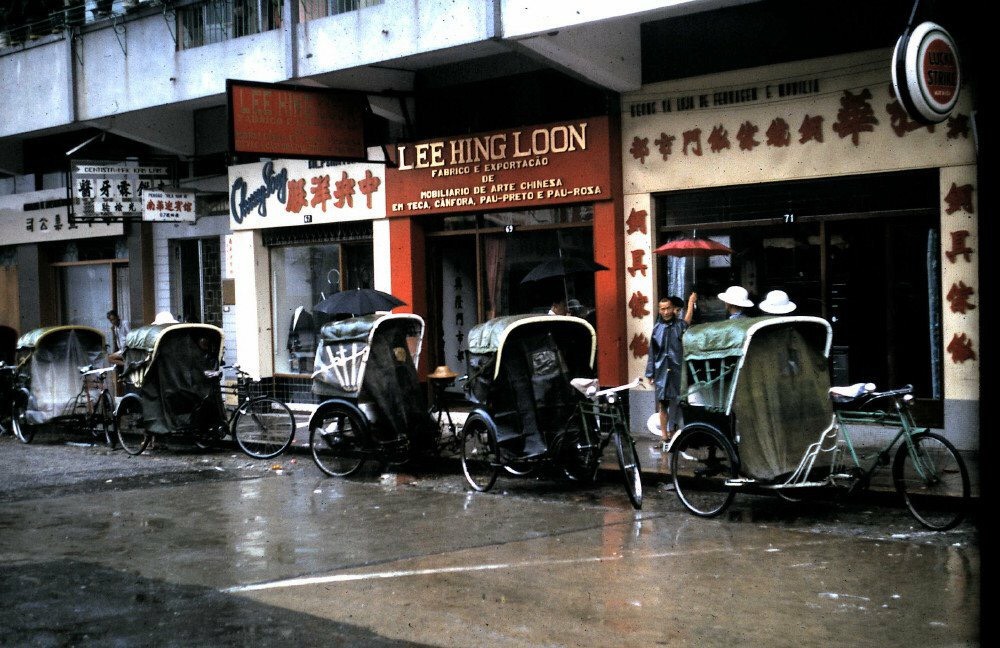
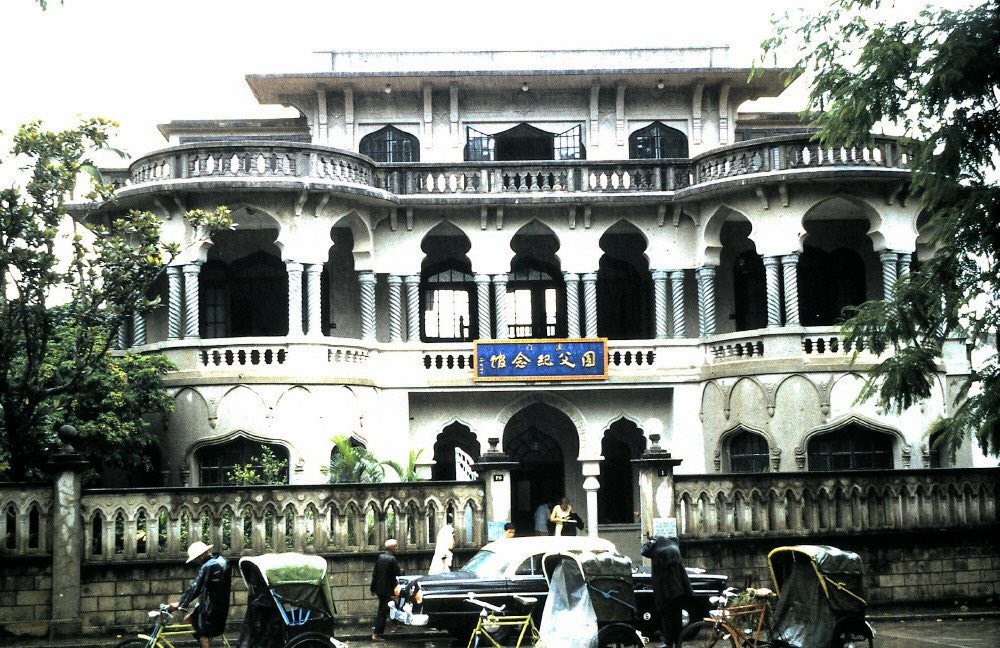
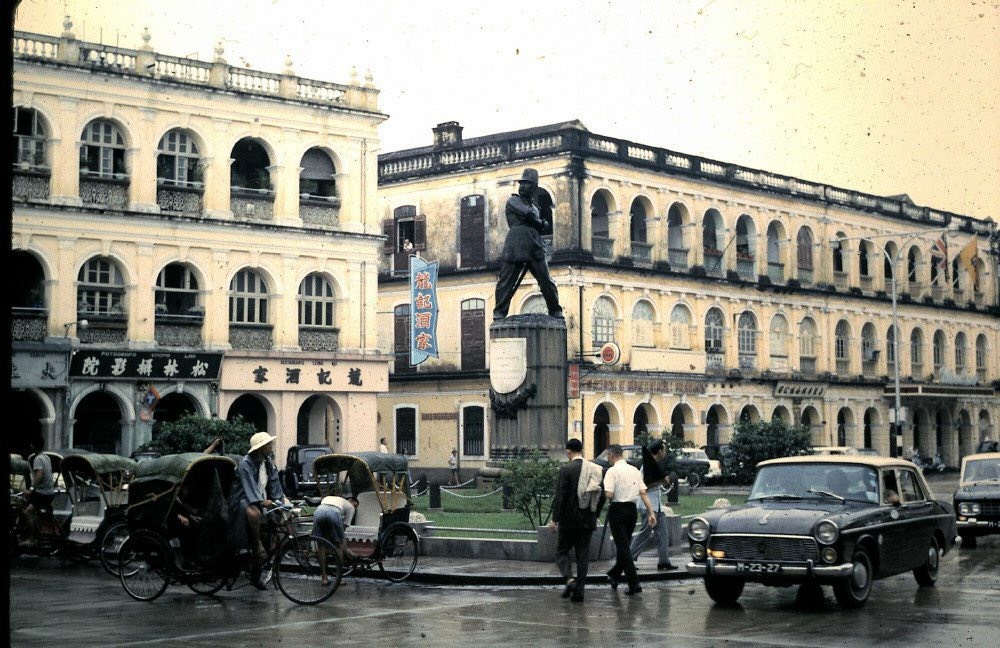
I haven’t been to Macau since 1994, but I hope to visit it again soon and see if I can find all of the places in these photos.
![]()

Susan Blumberg-Kason is the author of Good Chinese Wife: A Love Affair With China Gone Wrong. Her writing has also appeared in the Los Angeles Review of Books‘ China Blog, Asian Jewish Life, and several Hong Kong anthologies. She received an MPhil in Government and Public Administration from the Chinese University of Hong Kong. Blumberg-Kason now lives in Chicago and spends her free time volunteering with senior citizens in Chinatown. (Photo credit: Annette Patko)
